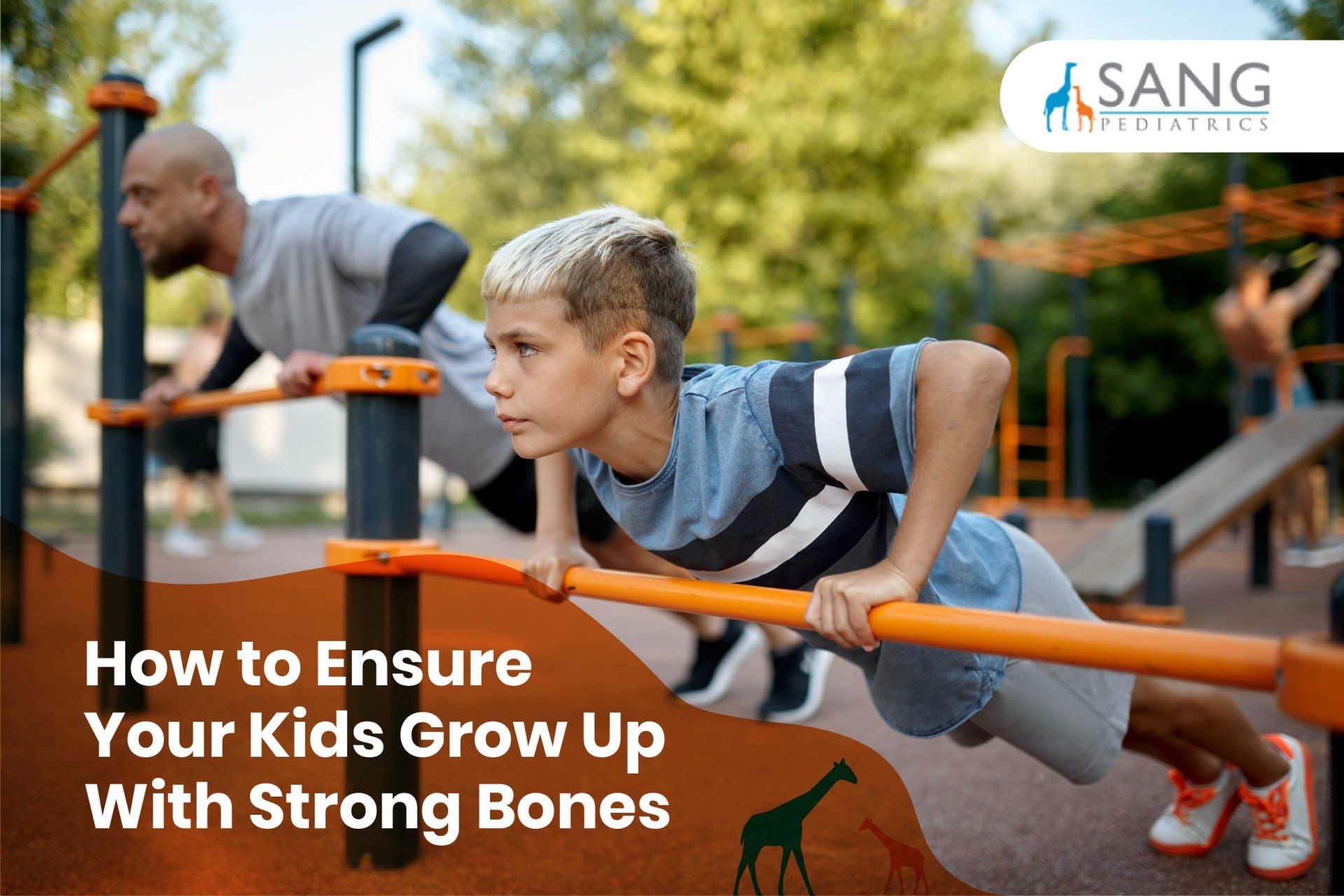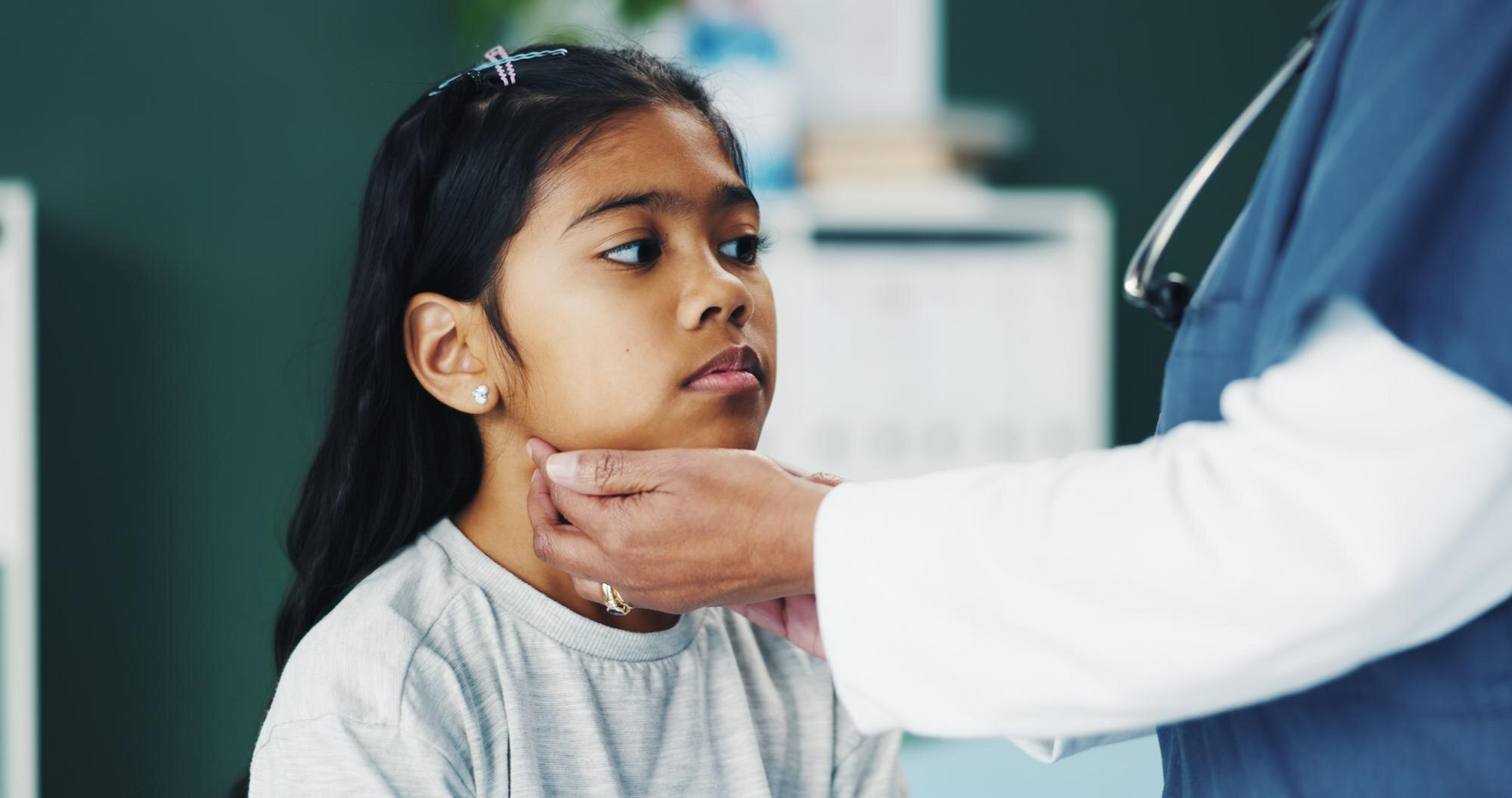Annually,World Pediatric Bone and Joint Day
aims to raise awareness about musculoskeletal conditions in children. This day of observance is the ideal time to screen your children for musculoskeletal disorders.
Also, the U.S. Bone and Joint Initiative (USBJI) urged doctors and parents to recognize the effects of childhood obesity
and take action to prevent lifelong issues.
Signs of Bone and Joint Problems in Kids
USBJI provided the musculoskeletal effects of childhood obesity, as follows:
- Pain in the groin, inner thigh, or knee could mean a serious problem with the hip's growth plate.
- Back pain.
- Bowled legs (where the knees bend outward). Some bowing of the legs is normal for children under the age of 2, but knees that continue to spread or get worse are not typical.
- Knock knees, or knees that bend inward or even touch can lead to early onset of arthritis and knee, shin, and foot pain.
Please contact your healthcare provider immediately if you observe any of the above symptoms in a child, significantly if they worsen over time. A healthcare provider will determine a diagnosis and treatment plan after an examination that may include X-rays or other imaging.
Why Is Childhood So Crucial for Building Bones?
Adopting healthy eating and lifestyle habits early in life is crucial to develop your children's bones. Their bones must be adequately nourished because when they have solid bones early in life, they can avoid bone weakness later. If children wait until adulthood to start caring about what strengthens bones, they will have little chance since bones weaken with age.
Furthermore, the structure of your child's developing body comprises bones. The bones are living tissues that are constantly changing. During childhood and adolescence, the skeleton grows in size and density by adding more bone than it loses.
How to Make Bones Stronger?
Proper nutrition and plenty of physical activity are the most crucial lifelong bone health habits for children to build strong bones.
1. Give Your Child Calcium-Rich Foods
Calcium is crucial in hormone release, nerve signaling, and muscle contraction. Also, calcium is an essential mineral that strengthens teeth, bones, and heart function.
Moreover, calcium is in many foods, and the following dairy foods are among the best natural calcium sources that help how to strengthen bones:
- milk
- yogurt
- cheddar, and other hard cheeses
Further, milk also contains other minerals and vitamins that the body requires.
The calcium intake recommendations
listed below should help you determine how much your child should consume.
- Birth to 6 months - 200 mg
- 6 months to 1 year - 260 mg
- 1 to 3 years - 700 mg
- 4 to 8 years - 1,000 mg
- 9 to 18 years - 1,300 mg
Furthermore,
children between the ages of one and two should drink whole milk to get the dietary fats they need for average growth and brain development.
2. Your Child Should Have Physical Activity to Develop Strong Bones Juvenile osteoporosis
can affect children and teens. Children from 8 to 14 years of age are the most commonly affected. Pediatric osteoporosis treatment includes walking and other weight-bearing exercises.
Meanwhile, adult osteoporosis can also be attributed to a lack of physical activity in childhood. Even a small amount of regular exercise, 10 minutes here and there throughout development, gives children stronger bones as they enter adulthood.
Adult osteoporosis is rooted in childhood health.
Exercise during growth significantly impacts all lifestyle factors that influence bone strength.
Also, there is a lot of evidence that being inactive is linked to the growing number of people with osteoporosis. Physical activity has increased bone density and strength.
3. Give Your Child High in Vitamin D Foods
Vitamin D is crucial for stronger bones for kids. Additionally, vitamin D promotes bone healing after surgery or injury.
Further, bone-strengthening
vitamin D is an essential fat-soluble, which means it is a vitamin that dissolves in fats and oils. This has long been known to aid the body's absorption and retention of calcium and phosphorus, both of which are essential for bone formation. Your child can get vitamin D from the following:
Natural sources of vitamin D are scarce. Liver, eggs, fatty fish like salmon and tuna, and fish oils have the highest concentrations.
These foods are rarely consumed by children. Nevertheless, Vitamin D can be added to baby formula, milk, yogurt, juice, cereal,
and other foods to make them more delicious.
- Adding vitamin D to foods is known as "fortifying."
When our skin is exposed to sunlight, our bodies produce vitamin D. However, getting enough vitamin D from the sun is difficult.
Most children and adults spend significant time indoors at school and work. Protecting your skin from sun damage and skin
cancer is also critical when spending time outside.
Due to the importance of vitamin D, you will want to ensure that your child gets enough. The simplest method is to give your
child a daily supplement or multivitamin with vitamin D. Yes, we can provide our children with vitamin D supplements. Throughout
the year, children aged 1 to 4 should receive a daily supplement containing 10 micrograms of vitamin D.
Moreover, vitamin D is essential for childhood bone growth and overall
musculoskeletal development.
Consult Your Child's Pediatrician
Understanding the risks of bone diseases and how to keep your child from developing them is beneficial. If you require further information, please get in touch with
Sang Pediatrics! Call us at (559) 268-1737 or schedule a consultation online.













